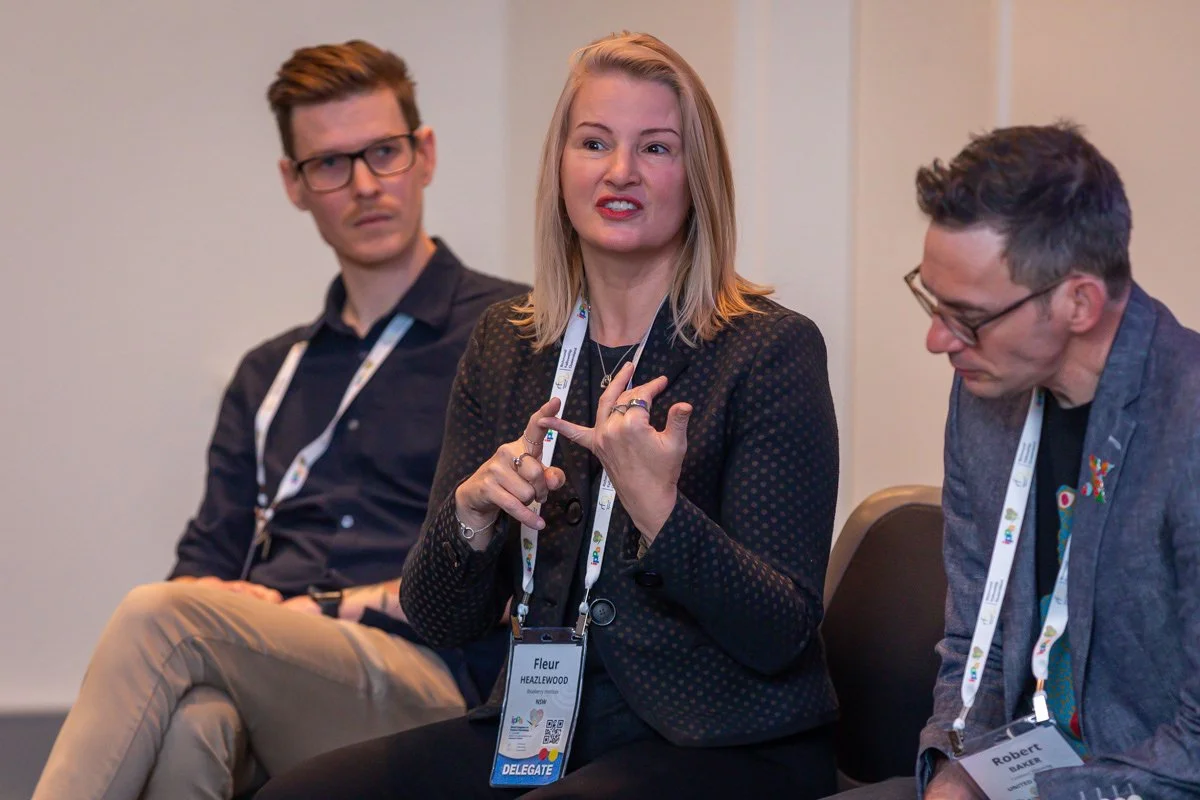Job & life crafting
How can job crafting help organisations be more neuro-inclusive?
Job crafting empowers employees to shape their roles to align with their strengths, interests, and needs. This approach supports neuro-inclusion by reducing workplace barriers for neurodivergent individuals.
By fostering flexibility and personalisation, organisations can create a more inclusive, innovative, and supportive work environment for all employees.











